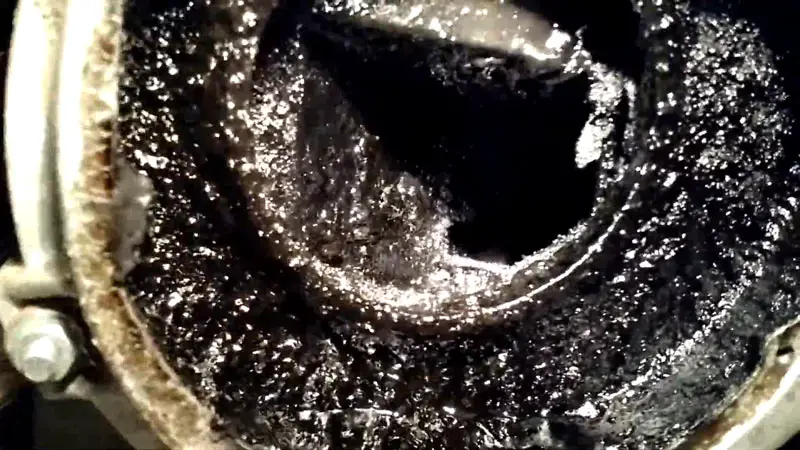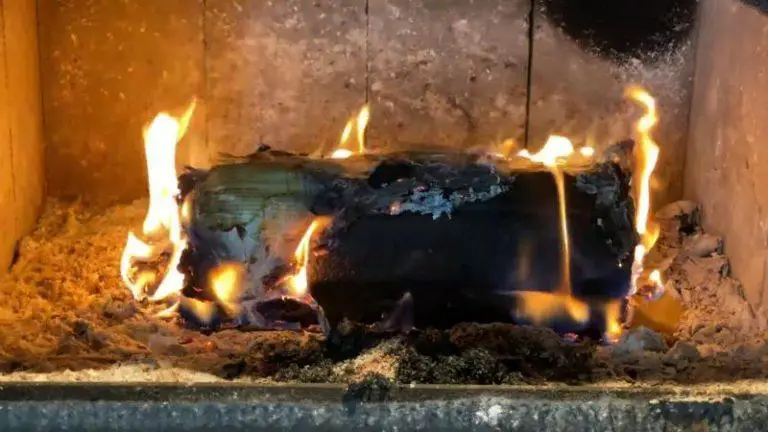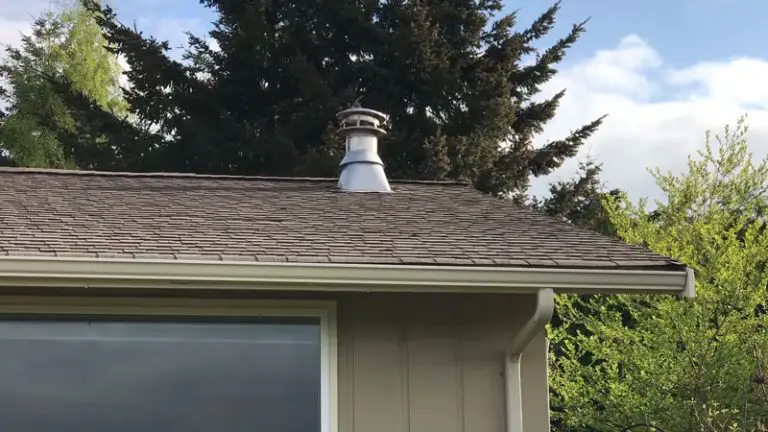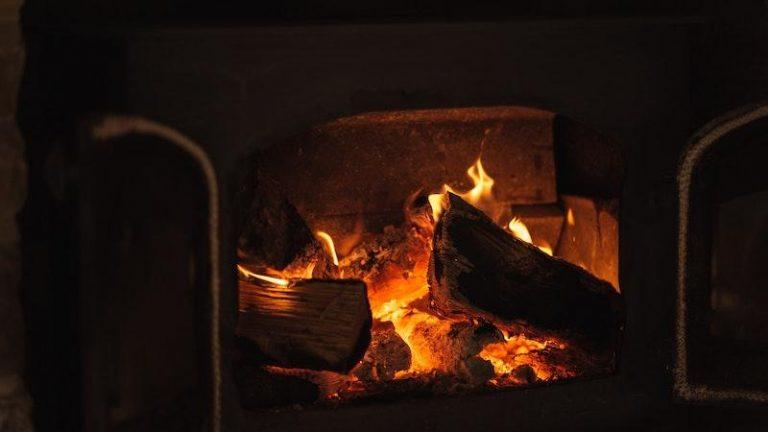Is Creosote Smell Harmful

Breathing in creosote fumes can cause asthma and other respiratory ailments, including stomach pain and burning in the mouth and throat. If your wood treatment is done improperly, you may also be at risk for these health risks.
Symptoms of breathing in creosote fumes may include problems with breathing, such as asthma or pneumonia, as well as stomach pains and a burning sensation in the mouth or throat. Properly performing wood treatment can help avoid these health risks by limiting exposure to Creosote Fumes.
You'll Learn About
Is Creosote Smell Harmful?
Breathing in fumes from creosote can cause asthma and other respiratory ailments, including stomach pain and burning in the mouth and throat. If you have a home with wooden floors that are being treated with creosote, be sure to get the treatment done properly to avoid these health risks.
Symptoms of breathing in Creosote fumes may include nausea, vomiting, shortness of breath, chest pain, coughing fits, and even death. Properly treating wood can help prevent health problems caused by exposure to its fumes such as asthma or pneumonia…
Breathing Creosote Fumes Can Cause Asthma
Creosote fumes can cause asthma in susceptible individuals, especially if you are working with the material or near an open flame. If you detect an odor from creosote, stay away from it and call your doctor immediately if you experience shortness of breath or chest pain.
A quick test for asthmatics is to take a deep breath and hold it for two seconds before exhaling slowly. Make sure to leave enough distance between yourself and any part of the creosote that could produce fumes; this includes anything on fire. Keep your windows closed when working with creosote so as not to expose yourself unnecessarily.
Other Respiratory Ailments May Occur
If you experience a strong smell coming from your chimney, it might be caused by creosote. Other respiratory ailments may occur if the creosote gets into your lungs.
The odor can persist even after the creosote is removed and must be dealt with promptly to prevent serious health complications. Ask an experienced professional for help in locating and removing any excess Creosote before it causes further damage to your property or the health of those in close proximity to it.
Make sure you are up-to-date on all scheduled maintenance so that any potential issues can be addressed as soon as possible.
Stomach Pain And Burning In The Mouth & Throat
Creosote is a by-product of the oil production process and can be harmful if inhaled or ingested. It may cause stomach pain and burn in the mouth & throat, among other symptoms.
If you experience these symptoms, contact your doctor immediately. You can avoid exposure to creosote by staying away from areas where it’s being produced or used. For more information on the safe handling and storage of oils, please consult an expert.
Wood Treatment Must Be Properly Done
Creosote is a by-product of the burning process used to produce wood products such as heating fuel and paper. The smoke from these fires contains high levels of creosote, which can cause health risks if not treated properly.
Properly treating wood with chemicals or heat will prevent this harmful emission from occurring in the first place. If you’re concerned about your exposure to creosote, it’s important to have a professional assessment done on your home or property before treatment begins.
By being proactive and following some basic safety tips, you can limit your exposure to potential health hazards associated with creosote use.
What happens if you breathe creosote?
If you breathe in creosote, you may experience respiratory problems such as difficulty breathing, chest pain, and coughing. Creosote is a by-product of wood burning.
It can cause severe health problems if it gets into your air supply. Breathing in creosote fumes can cause respiratory tract irritation and coughing. Creosote is a common by-product of wood burning, and when it’s breathed in, it can reach your lungs and cause problems with your breathing.
Exposure to creosote emissions can also lead to skin irritations including redness, burning sensations, and rashes. These irritations may develop gradually or rapidly over time depending on the individual’s sensitivity to the chemicals involved.
If you are concerned about exposure to creosote fumes, be sure to wear protective clothing such as a mask when working with this material or if you live near an area where it is being burned regularly.
Does creosote smell go away?
If you have creosote in your home, it can smell bad and cause irritation. But over time, the odor will usually dissipate. If the issue is related to the creosote itself, professional help may be required.
- Creosote is a by-product of burning wood and oil, and it can build up in your fireplace or stove over time. This buildup can cause the firewood to emit an unpleasant smell, which is known as creosote odor.
- To get rid of the creosote odor, you’ll need to clean out the fireplace or stove with a vinegar solution. Mix 1 cup of white vinegar with 3 cups of water and pour into the fireplace or stove. Allow it to soak for at least two hours before cleaning everything out thoroughly using a paintbrush and soap.
- If you’ve had trouble getting rid of the creosote smell from your home, you may also want to try painting around any areas that have been affected by this problem. Use neutral paint such as latex or alkyd enamel without solvents, which will help prevent future smells from developing inside the walls or ceiling cavities where they are not visible.
- If all else fails, consider hiring an expert to take care of your unwanted creosote odor once and for all.
How long do creosote fumes last?
Creosote fumes are smoky, and it takes a while for them to clear. If you open the doors, the smoky smell will disappear quickly. The ash contained in creosote can release toxic material when burned wood.
Fireplace smoke and odors may last days after use. If you have concerns about your health or the environment, contact your local fire department or environmental agency to inquire about safe ways to dispose of creosote waste.
How poisonous is creosote?
Creosote is a type of wood tar that is used to seal wooden surfaces. It can be dangerous if it gets into the air, water, or soil. Creosote can cause cancer and other health problems if it’s breathed in or comes in contact with skin.
Creosote is a Coal Tar Substance
Creosote is a coal tar substance that can cause serious rashes or irritation. It may also cause chemical burns to the skin, which can lead to disfigurement or permanent scarring. In extreme cases, it may result in convulsions or mental confusion. There is a risk of kidney or liver damage if you are exposed to large amounts of creosote.
Large Amounts Can Result In Death
Exposure to large amounts of creosote can result in death. This dangerous substance has been known to contain poisonous chemicals that can severely burn your skin and lungs, as well as damage your kidneys and liver tissues over time. If you are ever concerned about exposure to this harmful material, contact an emergency doctor immediately.
Are creosote logs safe to breathe?
Creosote is a Toxic Substance that can be dangerous to breathe in if it’s smoke from a log that is released. If you’re using a log in your fireplace, make sure to keep children away and avoid breathing in the smoke.
You can safely use a log as long as you follow safety guidelines- such as keeping children away and avoiding opening the firebox door while the logs are burning. Keep any creosote residue off of surfaces where people will come into contact with it, like walls or floors, so they don’t inhale the toxic fumes directly.
Finally, be aware that even small particles of creosote left on surfaces over time may cause respiratory illness for people who come into contact with them.
What does creosote smell like?
Creosote smells like smoke, and it is often present in smoking areas. It is pungent and strong, so you will be able to smell it easily. It has a distinctive smoky odor that can be difficult to miss.
If you are looking for creosote, don’t worry–you’ll most definitely find it. Remember: the stronger the smell, the higher up on the toxicity scale creosote typically falls
How do I get creosote smell out of my chimney?
If you have a chimney that emits creosote, you will need to clean it. You can do this by adding baking soda and waiting 48 hours or more before vacuuming up the mess.
Vacuum cleaners with creosote-removal filters are perfect for this job. Don’t forget to check your smoke alarms and carbon monoxide detectors in case there was any damage done while cleaning the chimney.
How do you cover up creosote smell?
If you are trying to hide the smell of creosote from your property, there are a few things that you can do.
- First, try to cover up any potential sources of the smell.
- Try using air fresheners or candles that have a floral scent. You can also try putting down newspapers and wood chips on the ground to absorb moisture and prevent smells.
- CreoShield™ is an encapsulation coating that can help to cover up the offensive odor and reduce toxic fumes
- CreoShield™ helps to eliminate the offensive odor and reduces toxic fumes
- When applying CreoShield™: Make sure all surfaces are clean, dry, and free of any debris or oils
- Apply a thin coat to each surface in need
- Let the product cure for several days before using
What to Do When the Wall Oven Too Big for Cabinet?
To Recap
Creosote smell can be harmful if it’s inhaled, ingested, or comes into contact with the skin. If you’re concerned about the smell of creosote, take steps to reduce your exposure by using a ventilation system and ensuring that all materials used in construction are properly ventilated.






